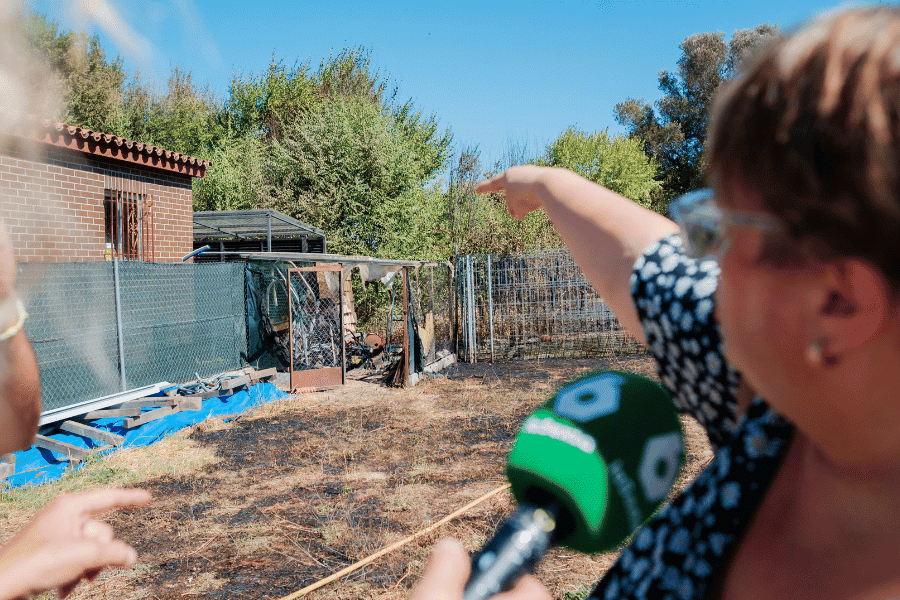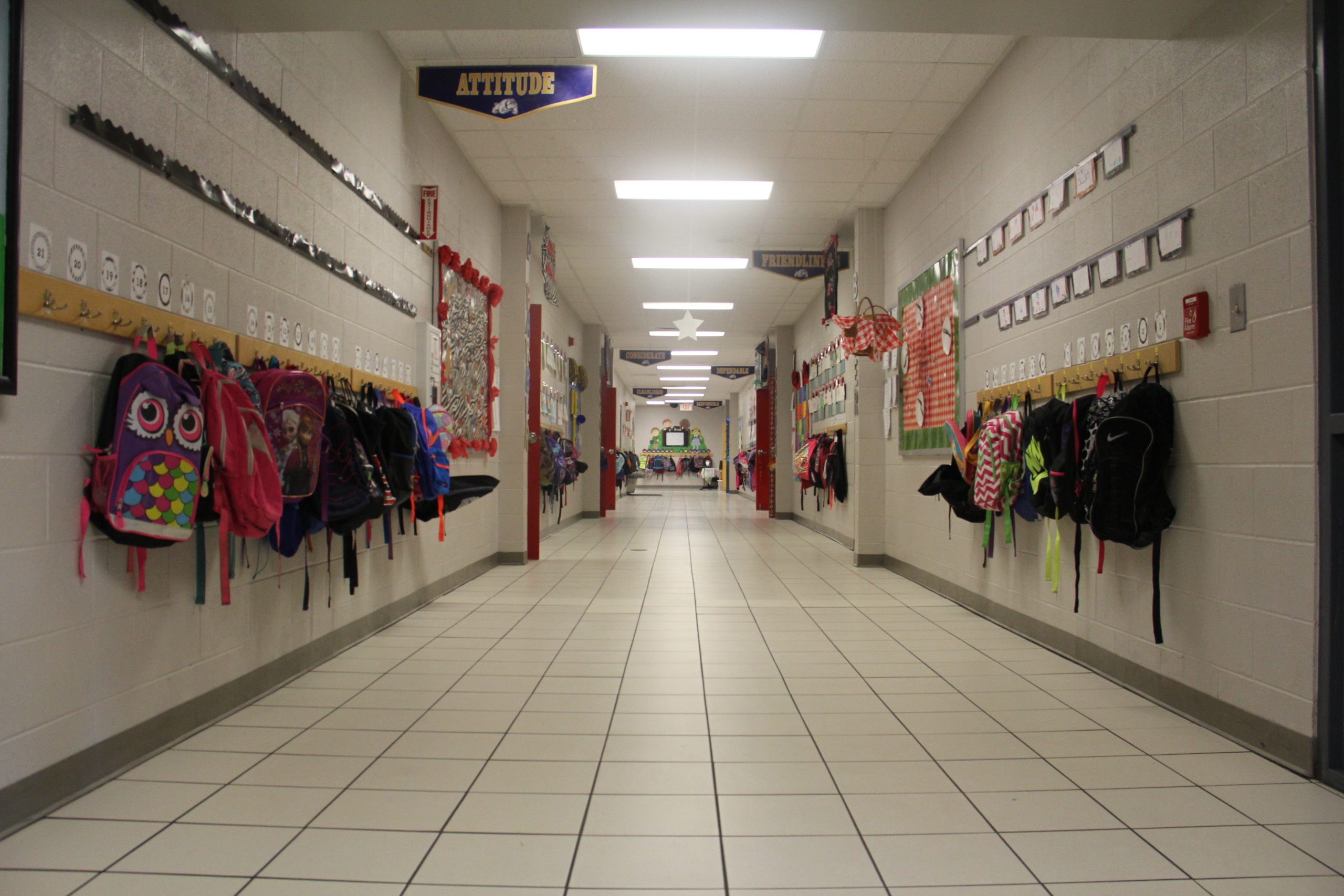Since the announcement, most eyes interested in “radical transformation” have been on the creation of a new “super-university” – Greenwich and Kent becoming the London and South East University Group.
But The Times is reporting a very different kind of tie-up – which if it comes to pass could have much more interesting implications.
It says that the University of Buckingham, the UK’s only “independent” university, is considering a £150 million sale to Global University Systems (GUS).
It suggests that the potential sale could compromise the university’s Royal Charter, non-profit status, and academic integrity – risking its identity as a “free speech and research-focused institution”.
Precedented
If that sounds and feels “unprecedented”, you may not have noticed the extent to which everything from research parks to student accommodation are already (part or fully-)owned by private companies.
You may also not have noticed any number of mergers, takeovers and fire sales among small private HE providers – many of which specialise in the kinds of franchised provision that have been generating considerable regulatory interest in recent months.
There’s also Richmond, the American University in London. When founder Sir Cyril Taylor died in 2018, he bequeathed his for-profit company (American Institute for Foreign Study) to his own charitable foundation (Cyril Taylor Charitable Foundation).
It created what former vice chancellor Lawrence Abeln called a charity “operating like a shell for a commercial company it wholly owns” – allowing commercial interests to control educational decisions through charitable structures while maintaining the appearance of independence.
Abeln argued that the foundation used funding as leverage to demand governance changes, including his forced resignation, threatening the university’s survival unless commercial interests were satisfied.
It mirrors concerns about the potential Buckingham sale – that once charitable educational institutions become dependent on private sector funding or ownership, academic independence becomes vulnerable to commercial priorities.
Even when the charitable structure remains intact, the substance of independent governance can be hollowed out, creating what critics might term a “stealth privatisation” where commercial control operates behind charitable facades.
Any number of things could be going on behind the scenes that already resemble that in universities that have breached, or are close to breaching, their banking covenants.
But the wholescale takeover of a university with a Royal Charter? Really?
We work at supplying HE
Back in 2020, five men registered a UK company called “GGE UK Newco” in a WeWork near London Fields. Within four months, it had acquired university title, degree awarding powers, and registration with the Office for Students – a process that typically takes years for new higher education providers.
The company pulled this off by purchasing the assets of the former Regent’s University London charity, including its degree awarding powers (awarded in 2012) and university title (granted in 2013). On September 29th, GGE UK Newco changed its name to “Regent’s University London Limited,” becoming the wholly-owned product of a partnership between the original Regent’s University and Galileo Global Education, a large international education provider with over 110,000 students worldwide.
The transaction appeared to have bypassed normal regulatory processes entirely. While new providers typically wait around 180 days and must pass a Quality and Standards Review, no such review appeared to have been conducted for Regent’s University London Limited. OfS was largely silent on the specifics, raising real questions about transparency and whether standard due diligence procedures were followed.
As DK noted at the time, the case was interesting insofar as it suggested that university titles and degree awarding powers can effectively be bought and sold as assets. With some independent providers still waiting on registration decisions, the apparent fast-tracking raised concerns about fairness and regulatory consistency, potentially setting a precedent for more financially-motivated restructuring in the sector.
And there’s more
Scroll forward to March 2023, when IU Group acquired the education and training activities of the London Institute of Banking and Finance through a structural split.
The original Royal Charter charity was renamed “The London Foundation for Banking & Finance (LFBF)” and continues as a charitable foundation, while the commercial education business now operates as “LIBF Limited” (a wholly owned UK subsidiary of IU Group) trading under the original name “The London Institute of Banking & Finance.”
That preserved the charitable Royal Charter structure while transferring the degree-awarding educational operations to private ownership.
Then in 2014, struggling Ashridge Business School was acquired by Hult International Business School in what was described as both a merger and acquisition driven by Ashridge’s need for “financial salvation.” Hult provided a £50 million investment, and the schools completed an operational merger in 2015.
Ashridge now operates as “Hult Ashridge Executive Education” – the executive education arm of Hult International Business School, with the historic Ashridge House estate serving as Hult’s flagship executive education campus. Unlike LIBF, this was a complete absorption rather than a structural split, with Ashridge’s independent existence ending as it became part of Hult’s global network of campuses across Boston, London, Dubai, Shanghai, San Francisco, and New York.
And then there’s the College of Law.
It can trace its origins to 1876 with the formation of Gibson & Weldon, a leading tutorial firm. In 1962, The Law Society created The College of Law by merging its own Law Society School of Law (founded in 1903) with Gibson & Weldon, establishing it as a specialist institution for training solicitors.
It was formally incorporated by Royal Charter on 5 December 1975 and registered as a charity in May 1976, with the stated aim “to promote the advancement of legal education and the study of law in all its branches.” This gave it constitutional status as a chartered institution dedicated to legal education. And in 2006, it was granted degree-awarding powers by the Privy Council.
So when it was sold to Montagu Private Equity for around £200 million in 2012, the transaction revealed just how valuable degree-awarding powers had become as tradeable assets.
The deal involved splitting the institution – the original College of Law retained its Royal Charter and charitable status under a new Legal Education Foundation, while the commercial education business, crucially including those 2006 degree-awarding powers, moved to a newly created for-profit company called “The University of Law Limited” (originally incorporated as “Col Subco No.1 Limited”).
DAPs, it seemed, could now be packaged and sold as part of a commercial education business – degree-awarding powers as an asset class.
At the time, constitutional lawyers questioned how powers granted to a Royal Charter body could legitimately transfer to what was essentially a separate company. But the then responsible Department for Business, Innovation and Skills (BIS) maintained that the powers remained valid because the “whole education and training business” had moved to the new entity. The precedent was set – and so in 2015, when the University of Law was acquired by GUS, its valuable degree-awarding powers travelled with it as part of the commercial package.
Or take Arden. Originally founded as Resource Development International (RDI) in 1990 by entrepreneur John Holden, the distance learning provider was sold to US-based Capella Education in 2011 as part of Capella’s international expansion strategy. The timing proved crucial – RDI was granted Taught Degree Awarding Powers in April 2014, gained full university status in August 2015, and was immediately put back on the market when Capella’s international strategy faltered.
By August 2016, GUS acquired Arden for £15 million – demonstrating how rapidly degree-awarding powers could travel through corporate hands. The transaction showed DAPs functioning specifically as tradeable assets – Capella had effectively acquired a company that later gained valuable regulatory permissions, then sold those permissions onwards as part of a portfolio optimisation. For GUS, acquiring Arden provided another set of degree-awarding powers to add to its growing collection, which already included the University of Law.
Royal charters
But the potential Buckingham sale arguably represents a qualitatively different proposition from previous transactions. While ULaw, LIBF, Ashridge, and Richmond were specialist institutions operating in commercial-adjacent sectors – professional training, banking education, executive development, or niche international provision – Buckingham is the UK’s flagship independent university, purpose-built to demonstrate that alternatives to state higher education could thrive.
Established in 1976 and granted its Royal Charter in 1983, Buckingham has operated successfully for over four decades as Thatcher’s “proof of concept” for educational independence. Unlike the struggling institutions that sought private sector rescue or the professional training providers that already operated in quasi-commercial spaces, in theory the sale of Buckingham would represent the commodification of the university ideal itself.
It would also signal that even the most symbolically important Charter institutions – those created explicitly to preserve educational independence – could be subject to market forces when financial incentives align.
Whether structured as a direct sale or following a version of a model of splitting charitable and commercial operations, a Buckingham transaction would force regulators to confront fundamental questions they’ve previously avoided. The Office for Students, the Privy Council and potentially the Charity Commission would need to justify why the commercialisation of Britain’s flagship independent university serves the public interest.
If it happens, regardless of the technicalities of its legal structure, it would also establish that Royal Charter status provides no meaningful protection against commercialization, making virtually any institution a potential acquisition target – completing the evolution of degree-awarding powers from constitutional privileges into tradeable corporate assets.
Back to the future
As Mary Synge demonstrates in her analysis of university charity law regulation, universities are charities whose trustees have a fundamental legal duty to act “in the best interests of the charity” – not commercial interests, and not even student interests – at least as variously defined by politicians.
When charitable assets and degree-awarding powers become tradeable commodities, this feels like a fundamental breach of charity law principles that have governed universities for centuries. The strategic goals of “maximising growth in income” that might benefit institutional finances are legally distinct from – and potentially in conflict with – acting in the charity’s best interests for public benefit.
But the regulatory conditions that make the Buckingham sale possible have been deliberately created. Synge’s research shows how OfS has systematically weakened charity law oversight compared to its predecessor HEFCE, removing transparency requirements, diluting governance standards, and abandoning serious incident reporting.
Where HEFCE demanded universities demonstrate compliance with charity law principles, OfS has reduced this to a mailing list subscription. The regulatory hollowing-out creates the conditions where transactions that should trigger intensive charity law scrutiny can proceed with minimal oversight.
When the regulator tasked with promoting charity law compliance barely acknowledges charity law exists, constitutional protections become meaningless.
Back to the future
As ever, we’ve been here before – or at least the FE sector has. Back in 2016, FE Week got hold of a leaked government document that revealed the Department for Education (DfE) was actively planning for private sector acquisition of failing FE colleges.
A draft “Framework for due diligence in the FE sector following area reviews” (a process which itself had nudged/inspired/funded a series of mergers and groups) specifically addressed the “acquisition of an FE college by a private sector organisation,” noting that private providers “may have different benchmarks and parameters as to what is acceptable in terms of both curriculum and financial performance.”
BIS guidance published that March had already unveiled government plans to introduce an insolvency regime for colleges, explicitly stating that following area reviews, government would “no longer bail out colleges in financial trouble, but would instead allow them to go bust.” Sound familiar?
Critics warned of potential “fire sales” where private equity firms could asset-strip college buildings and facilities, cherry-picking profitable courses while abandoning community obligations. And the University and College Union (UCU) pointed to American examples of private equity involvement leading to “derisory rates of graduation, crushing levels of debt and of course dubious value.”
The Technical and Further Education Bill (2016) created a “Special Administration Regime” for FE – essentially corporate insolvency procedures for FE colleges with an “education objective” twist. One battle during debate on the Bill came when Labour’s Gordon Marsden attempted to protect publicly-funded college assets from private acquisition.
Marsden argued that FE colleges represented decades of public investment – from 1950s local authority funding through the multi-billion pound Building Colleges for the Future programme – and warned that defeat would enable private equity “asset stripping” of educational institutions built with taxpayer money.
But then Minister Robert Halfon rejected the amendment – arguing that student protection must override asset protection, even if it meant transferring publicly-funded infrastructure to private companies. When the division was called, Conservative MPs defeated the amendment 8-5, explicitly authorising education administrators to transfer college assets to private entities if deemed necessary for the “education objective.”
It established the principle that educational assets, regardless of their public funding history, could be commodified and transferred to private ownership when market logic demanded it.
Here in 2026, we have a Labour, not Conservative government. It is already “interested” in what’s been going on in the franchised for-profit sector. But it doesn’t seem to have been especially keen to question what’s been going on from a profit/principle point of view. And it’s not clear that what is planned in regulatory terms will be nimble enough to tackle the real questions that surround outcomes or quality.
As is increasingly clear, the “line” between private and public interest has already been blurred by loans, accommodation, research parks and all sorts of other aspects of HE. What the government does or doesn’t do over a potential sale of Buckingham will tell us whether it’s interested in, or willing to, draw a line before the examples in blogs like this become much less obscure.










